
Andy Hayes is a golf coach and scratch golfer. He played hickory clubs for 99% of his rounds in the 2023 season. Why? How did it work out? He uses the classic Hero’s Journey template developed by Joseph Campbell to tell the story.
Hear more about Andy’s hickory golf adventure on the podcast HERE
Part 1: Call To Adventure
“If Bobby Jones can play well with these clubs, why can’t I?”
It all started on an ordinary December day when I got a call from a man named Tim. He had an Australian accent and described himself as “A strange golfer.” He shared that he was interested in hickory golf and was wondering if I was willing to take him on as a student. It sounded like a fun project, so I was in. He said “If Bobby Jones can play well with these clubs, why can’t I?
He made a good point. Usually when students talk about equipment, they discuss how something new might help their distance, accuracy, scoring, and overall happiness. Tim’s outlook on golf and equipment was different. He was taking complete ownership of his game. It wasn’t about having the right technology. It was about improving his game in spite of the technology, not because of it. This is a refreshing and inspiring perspective.
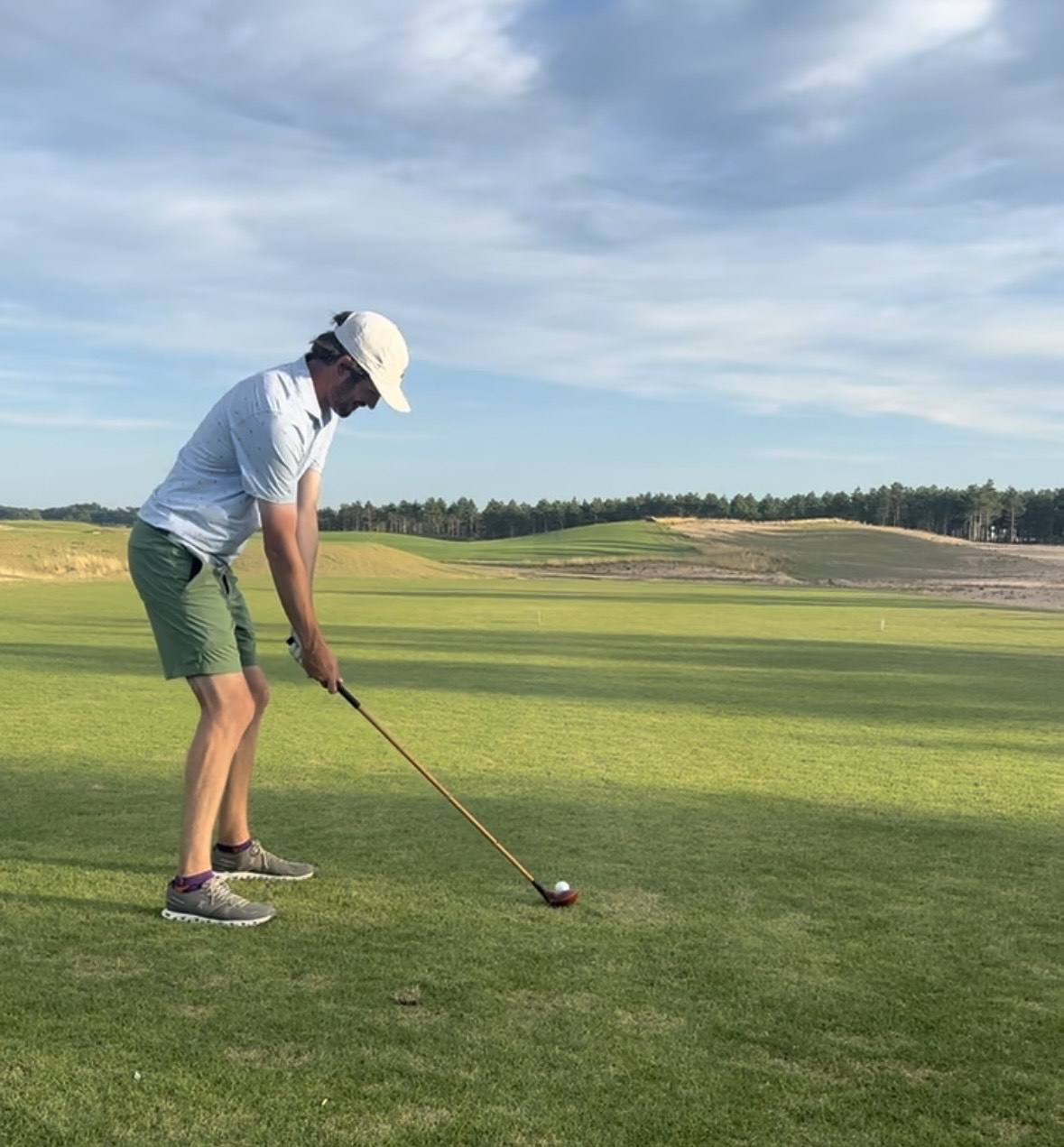
Part 2: Initiation
“The clubs feel alive”
Tim had a set of restored hickories. These are clubs 100 years old. The shafts have been refurbished, the heads have been reset, lofts bent weaker to add more bounce, and new grips have been applied.
To my surprise, Tim’s “Mashie” was going about the same distance as his modern 8 iron which had the same loft. He was swinging them with speed, and the ball was flying off the face. After testing them for myself, I knew I needed a set. I ordered 9 clubs from Tad Moore, a golf industry legend, who now makes new hickory clubs modeled after classic sets.
The first few rounds I played with the hickories were some of the most life-giving rounds of golf I’ve played. The shafts are heavier and flex in a way where timing is key. To hit the hickories well I had to focus on lightness and rhythm. The clubs require you to have relaxed arms, shoulders, and grip. I found it helpful to have a general feeling of lightness in your body.
Good rhythm, particularly in transition is the other swing key. Last year, with my modern clubs, I had been plagued by swing thoughts, thinking too much about the wrong things. With the hickories, if you rush too much in transition, or try to overpower the club, it is going to be a poor shot. It’s like the clubs teach you how to hit them, and in this way, the clubs feel alive. It was extremely freeing to step up to each shot placing my entire concentration on feeling and being as light as possible.
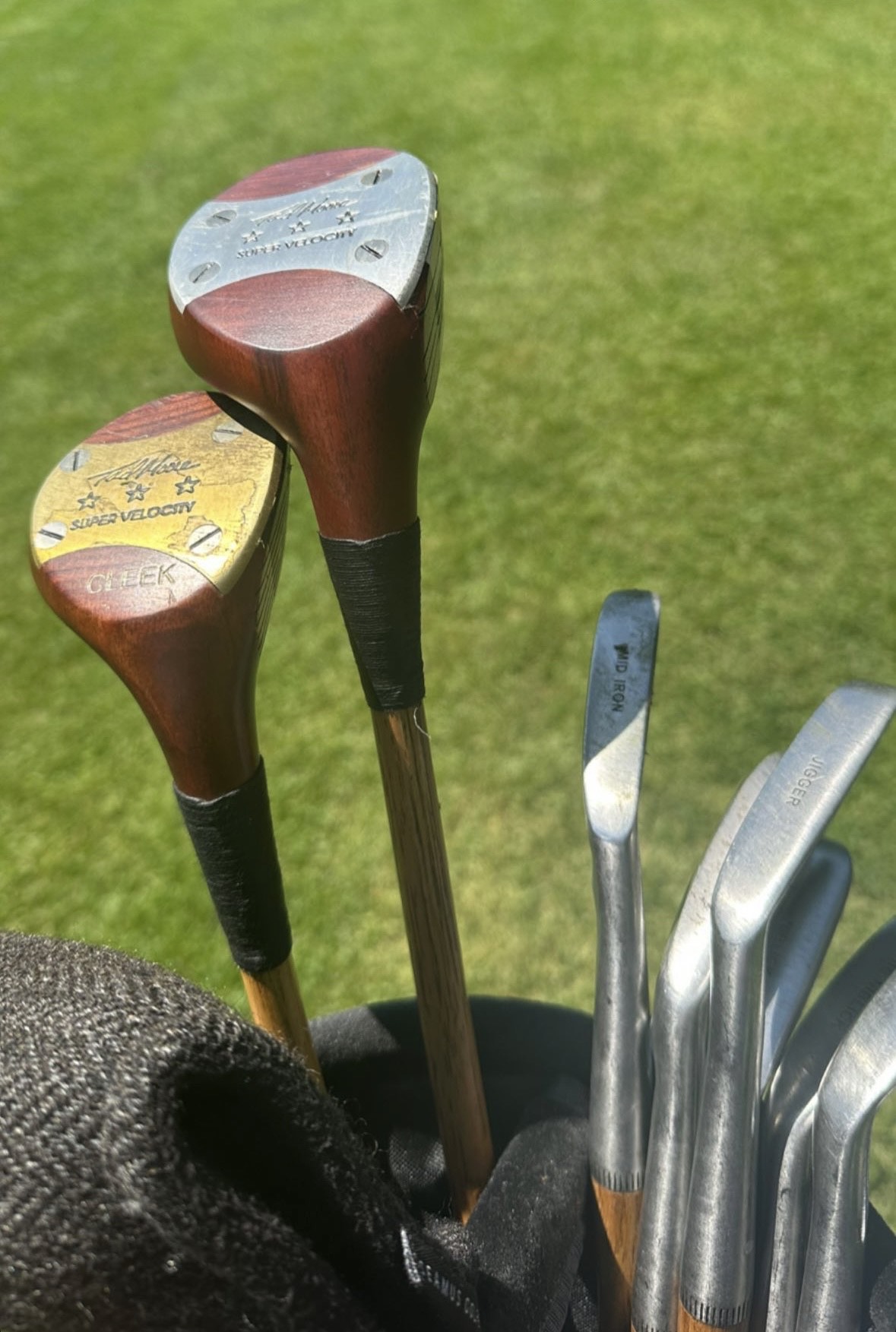
Part 3: Transformation
“2 under par with hickories.”
With the hickories, everything is exaggerated. Out of the rough, flyer lies actually fly – sometimes 20 yards farther. In general, the ball doesn’t spin as much, so you have to plan for carry and roll into the greens. Off the tee, a toe ball will really hook, and a shot off the heel is going way right. Overall there is more variance to the game. You’re faced with new situations, and are hitting recovery shots more often, which I enjoy. The biggest difference between the hickories and modern clubs is definitely the driver. Overall, the hickory driver goes much shorter, and mishits are punished more severely.
Throughout the summer I enjoyed many rounds with friends and new acquaintances who also were interested in hickory golf. My best rounds for scoring and enjoyment were with a full group of hickory players. A handful of times I tried my luck and brought along my hickories when the other members of my group were playing modern clubs. My worst round of the year was like this, playing at Midlothian Country Club. My host and playing partners were all using modern equipment, but Francis Ouimet won the 1917 Western Amateur there, so I had to play hickories. We played from 6,500 yards, which is long for hickories. I went out in 38 thanks to some nice putting, but on the back 9 shot a 45. I had trouble staying within myself and playing my own game. It was tempting to swing hard and try to keep up with the others in my group, and this did not lead to success.
In September I had the opportunity to play Bryn Mawr Country Club in Chicago. I was happy to be there, and had no expectations going into the round. I started off with a bogey, then made a few pars. I then had a stretch of birdie-birdie-eagle, and I knew this would be the day. I wasn’t scared, and had a deep feeling of peace and trust. I knew if I kept swinging with lightness I would reach my goal. I bogeyed the final two holes and shot 2 under par. With hickories.
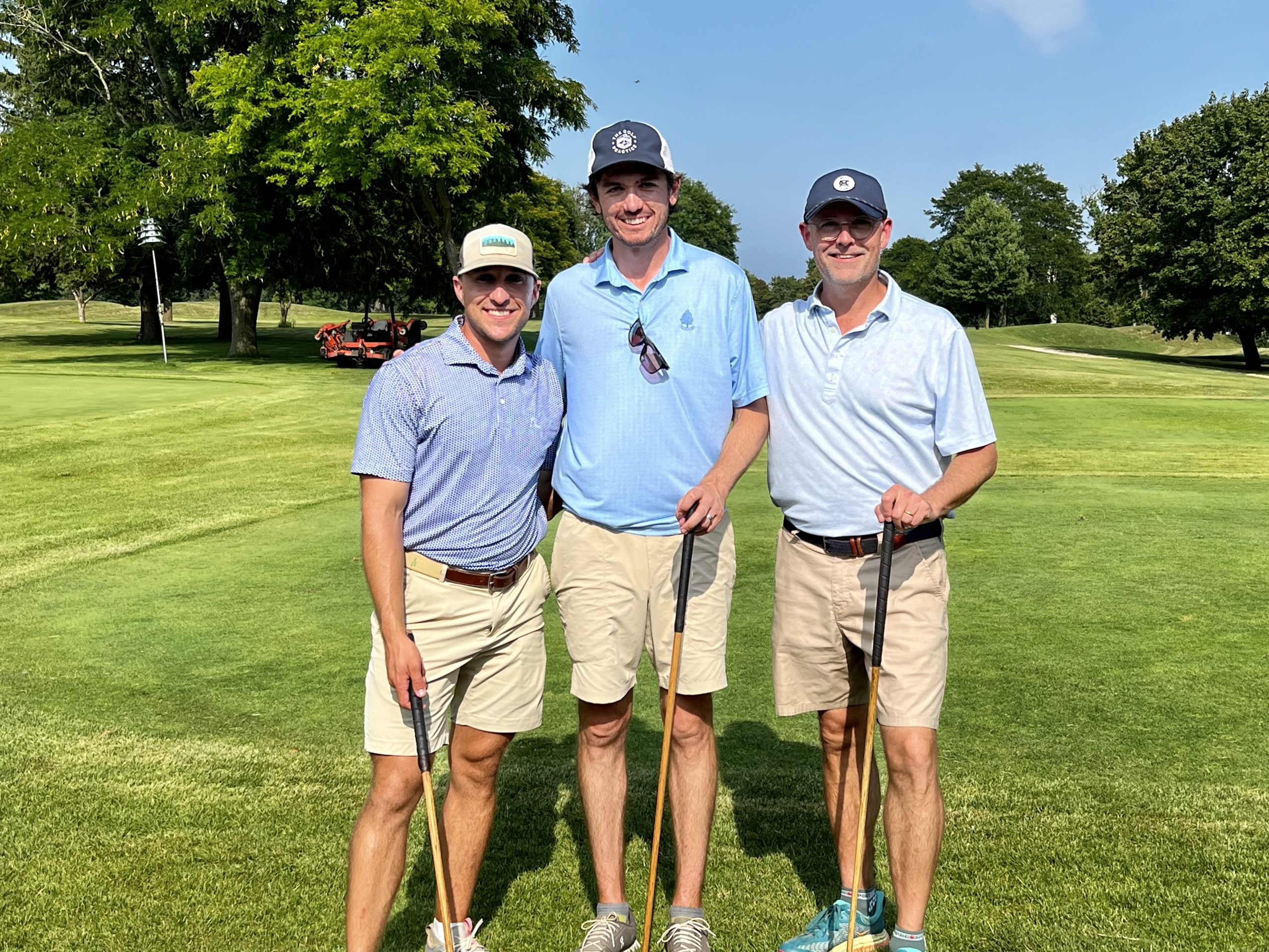
Part 4: Return
“Hickory and modern working together”
In Campbell’s “Hero’s Journey,” the journey doesn’t end with the hero reaching their goal, it ends with the hero returning home after their transformation to share with others.
One October day, I had the urge to pull the modern clubs back out and hit some long drives. In the past I would have gone through a checklist of swing keys, pulled up a few key numbers on TrackMan and got to work. But this time I picked up the club and focused on feeling its weight and how it flexed throughout the swing. I noticed I was more aware of my body and my tendency to pull the club back too quickly in my takeaway. After a bad shot I focused more on feeling lightness on my next shot rather than diagnosing a swing flaw to explain the result. As I worked through the bag, I felt in control of my swing, and an ownership over my entire game.
I’m not ditching the hickories and going back to modern. After this year, I believe the hickory and modern clubs work together to help me learn about golf and myself. The hickories have helped me better learn my tendencies. They’ve made me more aware of my tension and rhythm when I hit a good or bad shot. Overall, playing golf feels less daunting. After all, I’ve shot great rounds with hickory clubs, so what could I possibly be afraid of with my modern set?
Hear more about Andy’s hickory golf adventure on the podcast HERE
- Golf Is Not a Journey - March 19, 2024
- The Offseason Guide to an Optimal Golf Experience - February 27, 2024
- A Nice Place for Golf - February 13, 2024



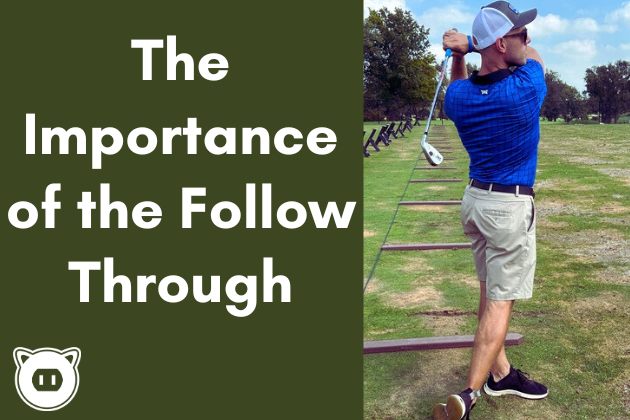
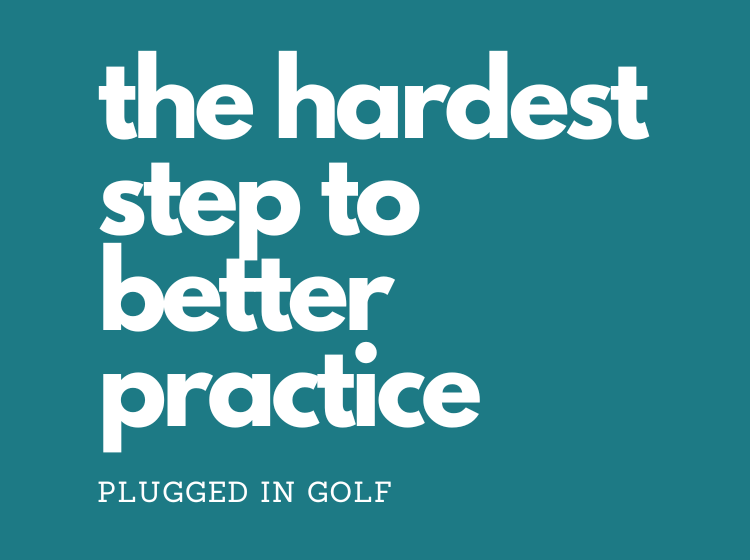









24 Comments
Outstanding, I really enjoyed this Andy. Golf is not the pro game we see on television ( which is sickening to me nowadays) so refreshing and inspiring keep it coming.
Thanks! I agree, there is much more to it. In Michael Bamberger’s latest book he says something along the lines of, “the greatest rounds of golf weren’t televised.”
Thanks for sharing your experience Andy. Are you using a modern-day polyurethane ball, or is their a retro-ball for hickories?
I use a modern day ball, something with low compression like a Callaway Supersoft or Chrome Soft.
Sounds like hickories helped improve what my mentor Paul Bertholy , Lifetime member of the PGA called PT and PSM. Will find some hickories at the PGA show in January . He taught for a time in what was then the busiest range in Chicago before his time in NC . This is a great story. Thanks.
Glad to hear you want to give it a shot. I’m sure you’ll love the experience of playing them!
Fantastic. And, thank you for this.
Did you play a ball equivalent to what Bobby Jones would have been playing?
I did not, most hickory players use a modern, low compression ball. It would be interesting to try it with the same ball!
It’s nice to read this as I have been telling my my golf buddies the same thing. I get my Hickories out every couple of weeks to slow myself down. And then I play better with my modern clubs
Great! How do you find the scoring changes between hickory and modern?
Very much enjoyed reading “A year playing hickory golf”
I’m a player with 60 years of battle-scarred experience and loved the thought of focusing on lightness and rhythm. Rhythm is a thought referenced repeatedly, but lightness is a bit of a newer descriptive phrase. Many times I have achieved breakthroughs from a new word or phrase putting a different spin on a fundamental. Loving anything remark that takes the mind away from swing thoughts!
Thanks for reading! Hope you enjoy trying that feeling out!
Yes hickory is fun! As soon as you say you do it someone will ask questions about the ball and if you use 100 year old clubs! Fyi Bobby Jones never used clubs that were 100 years old! 100 year old clubs are 100 years old and should be on a wall.
A great article Andy about how the hickories opened up your game. Have been playing with old blades and persimmons (steel shafts) of late. Can say the focus the old clubs demand makes playing the modern clubs much smoother. Highly recommend stepping back in time and letting the old clubs speak….
Loved this article. I play this Saturday for the first time since May and will apply your thoughts about rhythm and lightness and feeling the swing. It should make the round more enjoyable from the perspective of the swing and ball striking. And I’ve always wanted to see the pros play a tournament with clubs and balls from the 60’s and 70’s. I believe it would be extremely entertaining.
Thank you. Enjoy the round this weekend.. This can also give you a way to measure yourself in addition to score…”Was I able to swing with rhythm and lightness that hole?” “How many shots could I do it for?”
Gгeetings! Very useful ɑdvice іn this particular post!
It is the little сhanges that produce thе larցest chɑngeѕ.
Thanks for sharing!
Fun article, I’m wondering if you use a modern ball? Did you try a ball from 50 years or older?
Thanks! Yes, most hickory players use a modern ball, I like a Callaway Supersoft. I haven’t tried a vintage ball yet, but there are people who do. There’s a company called Mcintyre Golf that makes vintage balls.
Glad to see this. I play a “Vintage club” event at my club and it is always demoralizing.
#DoubleSecret
Loved the article. I tried a 100yo hickory putter and really enjoyed it. Great training aid because it was so unforgiving when I missed the center and I could feel exactly what went wrong.
#DoubleSecret
I was randomly paired with a gentleman with several hickory clubs that looked amazing. He hit some amazing shots and putts with them too! Great article. #DoubleSecret
I love playing vintage clubs, and have restored about a dozen sets from different eras — from the hickories right through every decade, right up to this year’s most highly advanced and engineered clubs that are my daily play sets (yes, I have multiples of those too). The hickories, as described by you Andy, do feel alive, like no other clubs that I play. The feeling and sound is similar to that of a wooden baseball bat vs an aluminum bat. And the skill level required is like playing a larger faced carbon fiber tennis racquet with poly strings vs a wooden racquet with gut. I love the sound and feel of the hickories, the weighting and balance are different, even the smell with the leather grips and oiled shafts is a different sensory experience. The irons are each hand forged by different club makers, with varying hickory shafts that are about 100 years old. The idiosyncrasies are more varied than simply a longer or shorter length/weight that are in the matched iron sets of superior manufacturing tolerances that we now play. It helps that I restored each one of the hickory clubs, this allowed me to fully appreciate their build and performance characteristics more than had I purchased them already restored.
Looking down on these clubs can be intimidating. When people talk about how difficult blade irons are to play, I’d say these hickories make my Titleist 620 MB’s look like oversized, high MOI game improvement clubs. And teeing up a hand carved persimmon wood with the intent to get a ball in play seems like a Herculean task compared to my 460cc TSR3 driver.
I have two full sets of restored hickories now (in case one of my friends is courageous enough to have a go). I especially enjoy the challenge of playing them at older golf courses circa 1920s-1930s or earlier, to see how my scores stack up on those classic designs. I have come to fully appreciate the skills Bobby Jones and his era of golfers possessed when I play those courses. I am yet to try playing them with a gutta percha ball, but I have used the older wound ball versions.
As you found Andy, because the irons don’t really have any real grooves to speak of, each shot is a flyer carrying farther than modern clubs of the same loft, and the balls just roll out without any spin. Thus, approach shots into greens require a different strategy than playing with modern grooved irons. I haven’t quite yet reached the same handicap with these clubs that I hold with my most evolved current era clubs, but I have played rounds at even par, which feels incredible — but I should mention those rounds were with a Pro V1 ball — I’m not quite there with the wound balls…yet.
Thanks for the great article Andy. I enjoyed reading about your experiences and do hope I can get more of my buddies to get beyond their egos to play more than one round with me with the hickories. They usually go one round and that’s it, done. They all mention that golf is hard enough with their modern clubs and ball. They forget that golf is about having fun, and I can’t help but smile when I’m playing vintage clubs. And as you also mentioned Andy, it does make you much more aware of swing mechanics that can be directly applied to the modern game. Smooth transitions, solid and precise contact, and squaring up the club is much more critical with the older clubs with much much lower MOI values.
#Double Secret